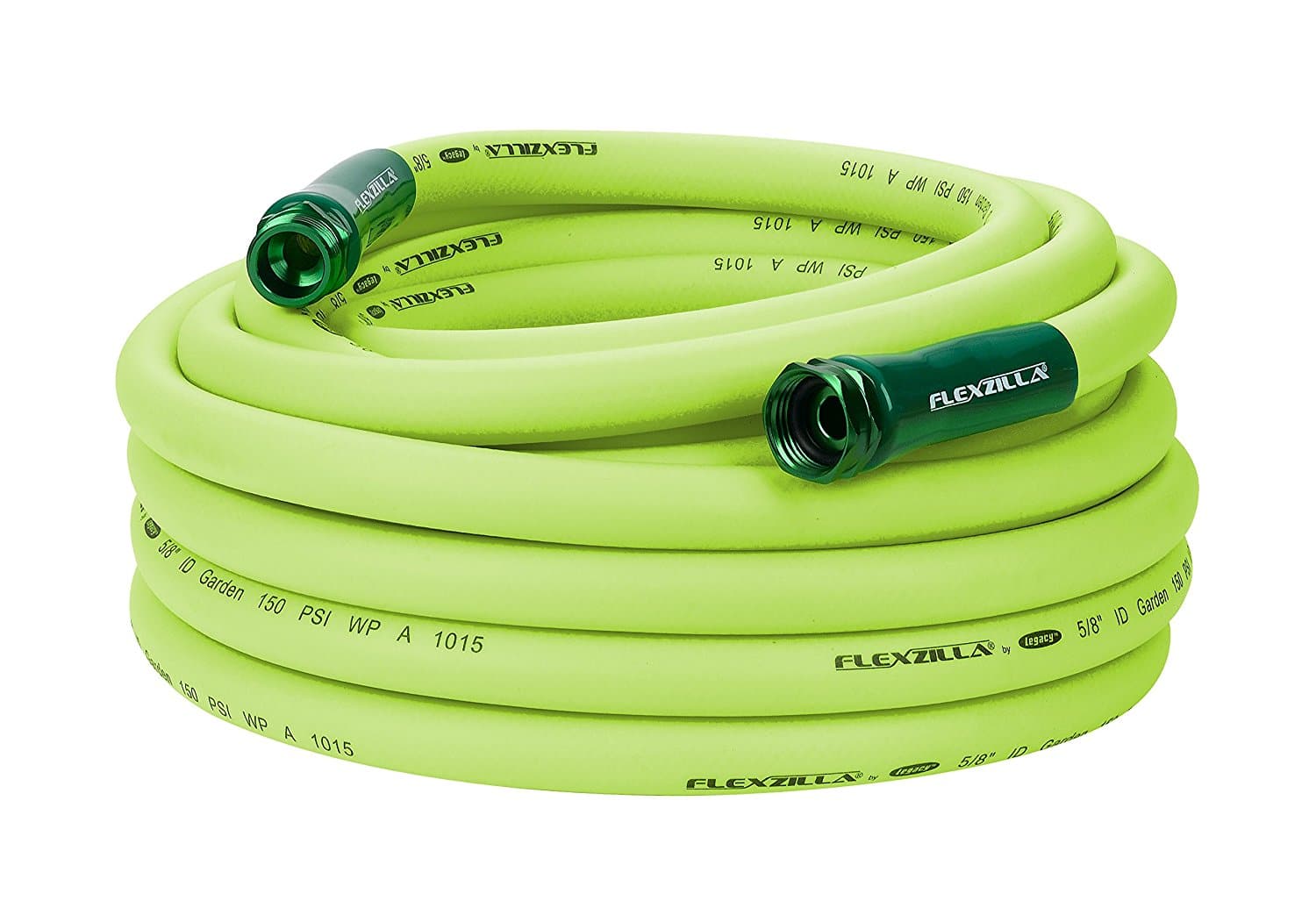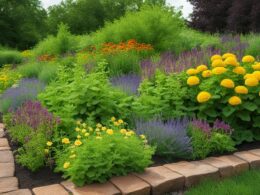If you live in Zone 6A, which includes states like Washington, Oregon, Kansas, Missouri, Illinois, Indiana, Ohio, Kentucky, West Virginia, and Pennsylvania, it’s important to know that this region has a medium-length growing season.
The frost-free period in Zone 6A typically lasts from mid-May to late September. When selecting plants for your Zone 6A garden, some recommended options include asters, astilbe, bee balm, cannas, coneflowers, crocus, daffodils, delphiniums, glads, hibiscus, hostas, hyacinths, irises, lilies, peonies, phlox, salvia, sedum, tulips, and yarrow.
It’s worth noting that within your Zone 6A garden, there may be different microclimates that can support different plant types and varieties. Take the time to assess the various microclimates in your yard, such as shaded areas, open sunny spots, rocky hills, or marshlands, to choose plants that will thrive in each specific microclimate.
Whether you’re looking to create a vibrant garden or enhance your landscape, knowing the right plants for Zone 6A is essential. Take advantage of the medium-length growing season and explore the variety of options available. With careful consideration of microclimates and plant hardiness, you can create a beautiful and thriving garden in Zone 6A.
Choosing the Best Plants for Zone 6A
When selecting plants for your Zone 6A garden, it’s important to consider the specific microclimates within your yard or garden. Certain plants may thrive better in areas with direct sunlight, while others may prefer shaded spots or areas with different soil conditions. Take note of the microclimates in your garden and match plants accordingly.
Additionally, be mindful of the hardiness zone of each plant. The USDA Plant Hardiness Zone Map classifies plants based on their ability to withstand certain minimum winter temperatures. Zone 6A has an annual minimum winter temperature range of -10 to -5 °F (-23.3 to -20.6 °C), while Zone 6B ranges from -5 to 0 °F (-20.6 to -17.8 °C). Consider the hardiness zone of the plants you choose to ensure they can tolerate the winter temperatures in your area.
- Choose plants that are suitable for the specific microclimates in your garden.
- Consider the amount of sunlight and shade each area receives throughout the day.
- Take into account the soil conditions in different parts of your garden and select plants that thrive in those conditions.
- Match plant types with the microclimate, such as opting for drought-tolerant plants in sunny spots and shade-loving plants in shaded areas.
- Check the hardiness zone of each plant and ensure it is suitable for Zone 6A’s winter temperatures.
By considering both the microclimates and hardiness zone, you can choose the best plants for your Zone 6A garden and create a thriving and beautiful landscape.
Tips for Successful Gardening in Zone 6A
To have a successful garden in Zone 6A, there are a few important tips to keep in mind. First and foremost, pay close attention to the soil conditions in your garden and ensure that you have proper drainage. Many plants thrive in well-drained soil, so it’s essential to consider adding organic matter or compost to improve the soil quality.
The second tip is to water your plants appropriately based on their specific needs. While some plants may require frequent watering, others can tolerate drier conditions. It’s crucial to be mindful of the watering requirements for each plant in your garden. This will help prevent overwatering or underwatering, ensuring the optimal growth and health of your plants.
In addition to watering, providing proper care and maintenance is key to the success of your Zone 6A garden. Regular pruning, fertilizing, and protecting plants from pests or diseases are all essential aspects of plant care. By taking the time to attend to these needs, you can ensure that your plants are healthy and thriving.
Another tip that can greatly benefit your Zone 6A garden is to consider using mulch. Applying a layer of mulch around your plants can help regulate soil temperature, conserve moisture, and suppress weeds. Mulch acts as a protective barrier for the soil, preventing fluctuations in temperature and reducing water evaporation. This ultimately benefits the overall health and sustainability of your garden.
By following these tips – paying attention to soil conditions, watering appropriately, providing proper care and maintenance, and considering the use of mulch – you can ensure the health and vitality of your Zone 6A garden. These practices will help your plants thrive in the unique climate and conditions of Zone 6A, resulting in a beautiful and flourishing garden for you to enjoy.
Can Climbing Roses for Zone 5 also thrive in Zone 6A?
Yes, hardy climbing roses for Zone 5 can also thrive in Zone 6A. These roses are adaptable and can handle colder temperatures, making them suitable for both zones. Whether you’re in Zone 5 or Zone 6A, these resilient climbing roses will flourish in your garden with proper care.










